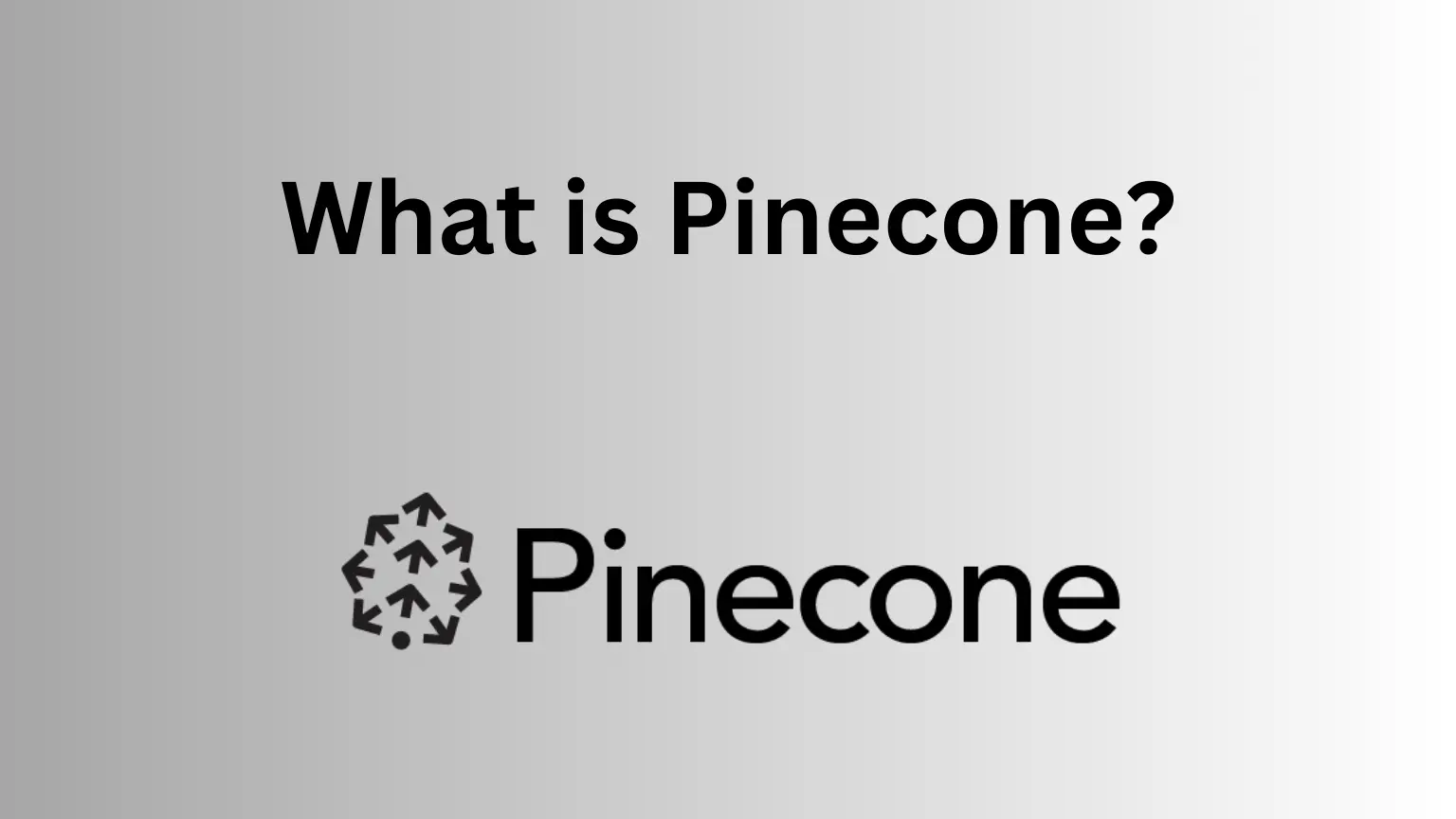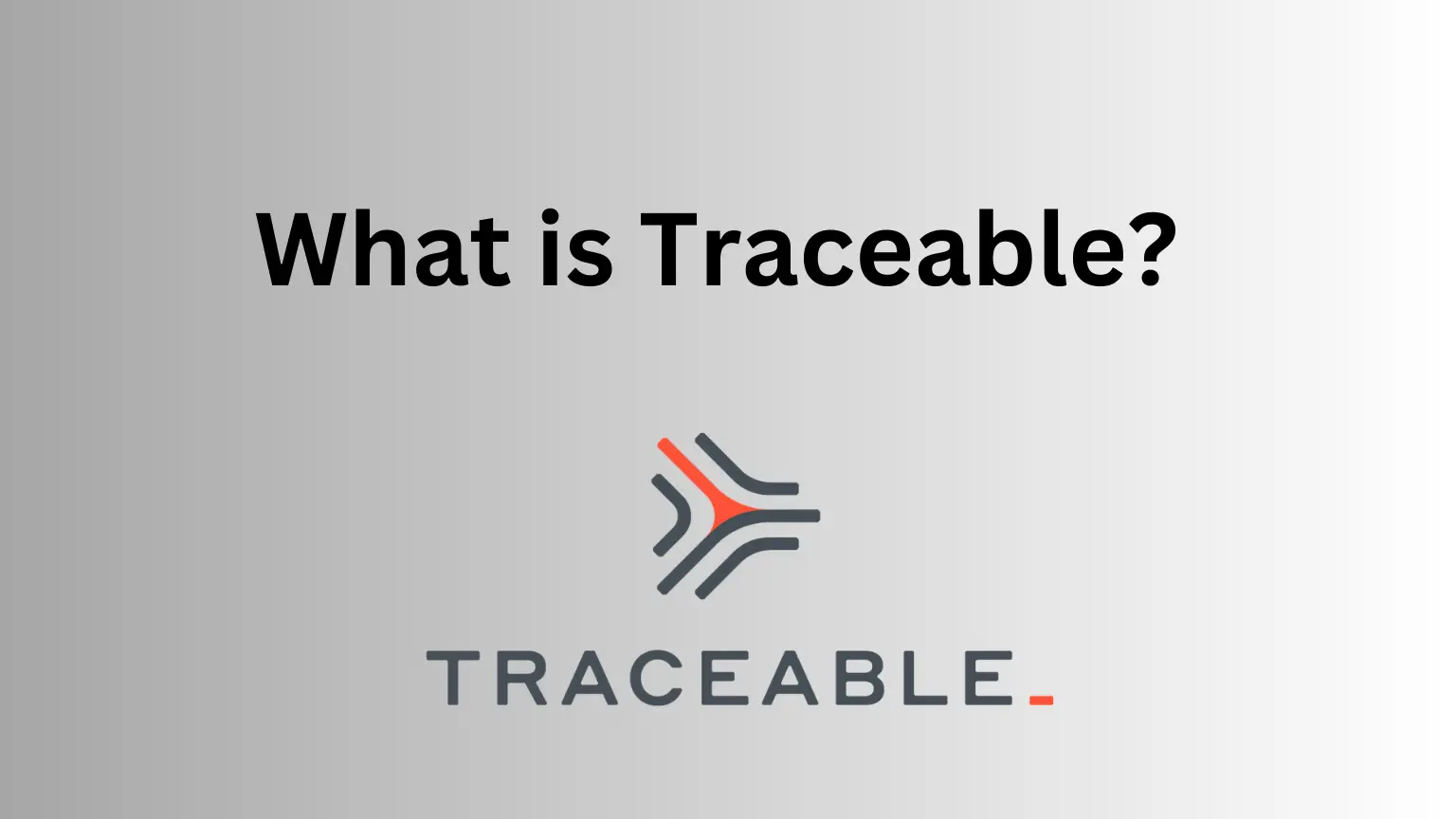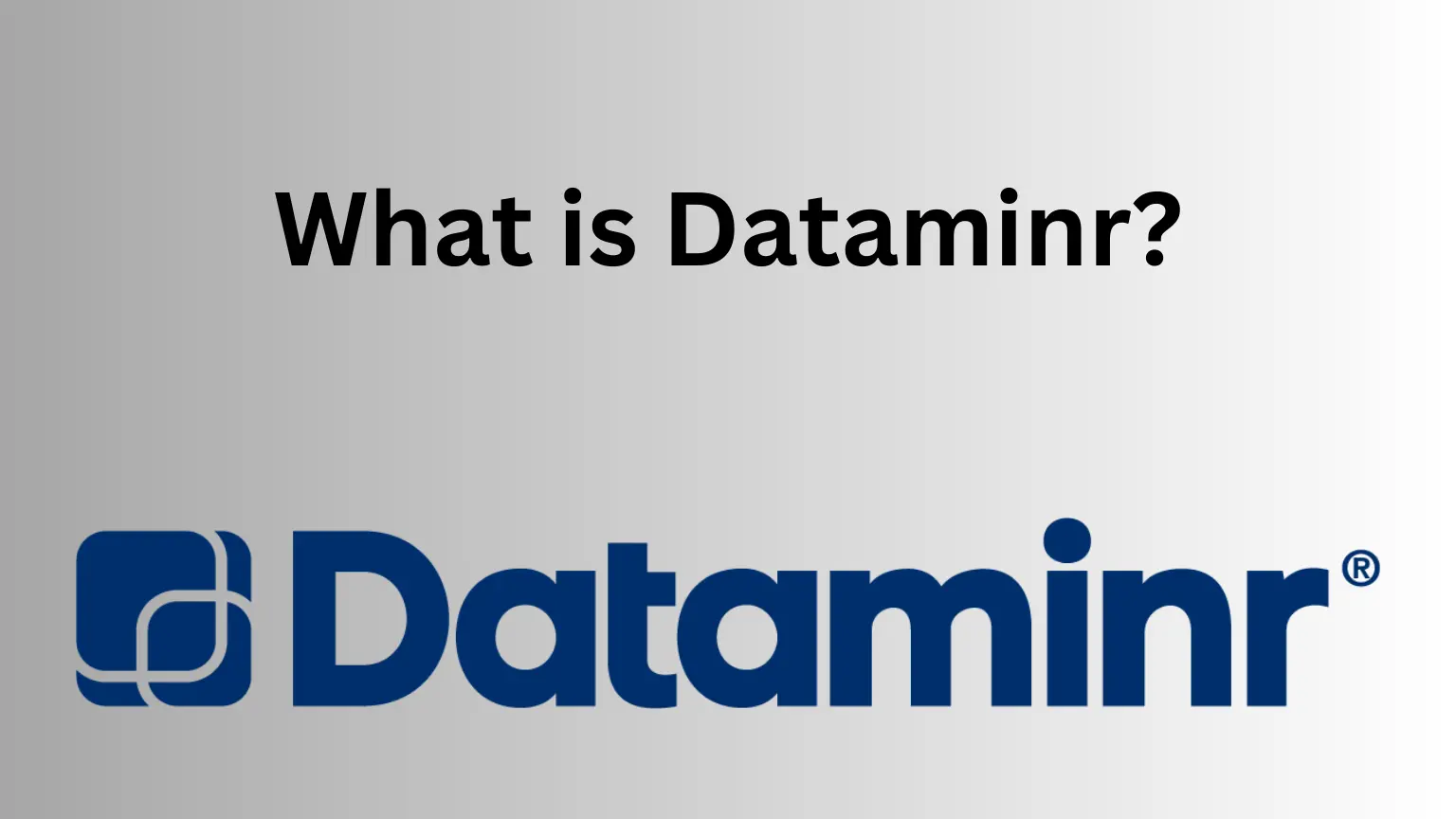Hugging Face and Kaggle are both online platforms that provide resources for machine learning and data science. However, they have different strengths and weaknesses. Hugging Face is primarily focused on pre-trained language models and natural language processing (NLP), while Kaggle hosts competitions on a variety of topics, including image classification, natural language processing, and fraud detection. Hugging Face is easier to use than Kaggle, but Kaggle has a larger community. This blog will provide more detailed information about the similarities and differences between the two platforms Kaggle vs Huggingface.
Exploring Kaggle
A. Platform Purpose and Features
Kaggle is a platform that serves as a hub for data science and machine learning practitioners. It offers a variety of features and resources to help users learn, improve their skills, and network with other professionals in the field. Some of the key features of Kaggle include:
- It hosts over 100 competitions each year on a variety of topics, including image classification, natural language processing, and fraud detection.
- It provides a repository of datasets that users can access and use for their own projects. This repository contains a wide range of datasets on various topics, including health, finance, and social media.
- It offers a feature called “Notebooks” which allows users to share their code with others. Users can create and share Jupyter notebooks, which are interactive documents that contain code, visualizations, and text explanations.
B. Benefits for Data Scientists
Kaggle offers several benefits for data scientists and machine learning practitioners, including:
- Its competitions and resources also provide opportunities for users to improve their skills and gain experience working on real-world problems.
- Kaggle’s large community of users provides opportunities for networking and collaboration with other data scientists and machine learning practitioners.
- Kaggle’s job board and resources make it easy for users to find job opportunities in data science and machine learning.
Kaggle vs. Google Colab: Choosing the Right Platform for Data Science and Machine Learning
C. Drawbacks and Limitations
While Kaggle offers many benefits, there are also some drawbacks and limitations to the platform, including:
- Kaggle’s focus on competitions and datasets may not be suitable for users who are interested in other areas of data science and machine learning.
- The competitions and datasets are controlled by the platform, which may limit users’ ability to customize and control their projects.
- Kaggle’s public nature may not be suitable for users who need to keep their work private or confidential.
- Its resources may not be accessible to users who do not have access to high-performance computing resources or who are not proficient in coding.
Understanding Huggingface

A. Platform Purpose and Features
Hugging Face is an open-source software company that develops tools and resources for natural language processing (NLP). The company’s flagship product is the Transformers library, which provides a unified API for accessing and using pre-trained language models. Some of the key features of Hugging Face include:
- HuggingFace’s Transformers library provides a unified API for accessing and using pre-trained language models. This makes it easy to use these models in a variety of applications.
- This is a platform for sharing and using pre-trained models. Users can upload and share their own models, as well as access models shared by others.
- It is a free online course on NLP. The course covers a wide range of topics, including text classification, sequence labeling, and question answering.
B. Benefits for Data Scientists
Hugging Face offers several benefits for data scientists and NLP practitioners, including:
- Easy Access to Pre-Trained Models: Hugging Face’s Transformers library and Hub make it easy to access and use pre-trained language models, which can save time and effort in developing NLP applications.
- Learning Opportunities: Hugging Face’s Course provides opportunities for users to learn new NLP techniques and improve their skills.
- Collaboration: Hugging Face’s Hub provides opportunities for collaboration and knowledge sharing among NLP practitioners.
- Open-Source: Hugging Face’s open-source approach makes its tools and resources accessible to a wide range of users, regardless of their budget or resources.
Computer Vision in Production: An Ultimate Guide!
C. Drawbacks and Limitations
While Hugging Face offers many benefits, there are also some drawbacks and limitations to the platform, including:
- Limited Focus: Hugging Face’s focus on NLP may not be suitable for users who are interested in other areas of data science and machine learning.
- Limited Customization: Hugging Face’s pre-trained models may not be customizable enough for users who need to fine-tune models for specific applications.
- Limited Support: Hugging Face’s open-source approach means that users may not have access to the same level of support as they would with a commercial product.
- Limited Accessibility: Hugging Face’s tools and resources may not be accessible to users who do not have access to high-performance computing resources or who are not proficient in coding.
Comparison of Hugging Face and Kaggle
Target Audience
Hugging Face and Kaggle have different target audiences. Hugging Face is primarily focused on natural language processing (NLP) practitioners, while Kaggle is more general and caters to a wider range of data science and machine learning practitioners. Hugging Face’s tools and resources are designed specifically for NLP tasks, while Kaggle’s competitions and resources cover a wider range of topics.
Learning Curve
Hugging Face and Kaggle also have different learning curves. Hugging Face is generally considered to be easier to use than Kaggle, as it is a simpler platform with fewer features. Hugging Face’s Course provides a structured learning path for NLP practitioners, while Kaggle’s resources are more self-directed. However, Kaggle’s competitions can be a great way for users to learn new data science and machine learning techniques.
Collaborative Aspect
Both Hugging Face and Kaggle offer opportunities for collaboration and knowledge sharing. Hugging Face’s Hub provides a platform for sharing and using pre-trained models, while Kaggle’s Notebooks feature allows users to share their code and collaborate on projects. Both platforms have active communities of users who are willing to help and collaborate with others.
Impact on the Data Science Community
Both Hugging Face and Kaggle have had a significant impact on the data science community. Hugging Face’s Transformers library has become a popular tool for NLP practitioners, while Kaggle’s competitions have helped to advance the state of the art in data science and machine learning. Both platforms have also contributed to the open-source community, making their tools and resources accessible to a wider range of users.
Conclusion
Both Hugging Face and Kaggle are valuable platforms for data science and machine learning practitioners, but they have different strengths and weaknesses. Hugging Face is more focused on NLP and is generally considered to be easier to use, while Kaggle is more general and offers a wider range of resources and opportunities for learning and collaboration. Ultimately, the choice between the two platforms will depend on the user’s specific needs and interests. Whether you are interested in NLP or other areas of data science and machine learning, both Hugging Face and Kaggle have something to offer. So why not explore both platforms and see which one is the best fit for you?
FAQs
Can you use Hugging Face for free?
Hugging Face additionally functions as a platform for open source datasets and libraries, facilitating collaborative teamwork through a repository structure akin to GitHub. A wide array of these services can be accessed at no cost, while options for pro and enterprise tiers are also available.
How does Hugging Face earn money?
Hugging Face’s focus involves crafting a collaborative platform tailored to the machine learning community, which we refer to as the Hub. Our monetization strategy centers on offering convenient AI compute accessibility through features like AutoTrain, Spaces, and Inference Endpoints, seamlessly accessible from the Hub interface. These services are billed by Hugging Face directly to the credit card associated with the account.
What Kaggle is used for?
Kaggle functions as a comprehensive platform for data science and artificial intelligence endeavors. The platform hosts contests featuring lucrative prizes, sponsored by prominent corporations and organizations. Alongside these competitions, users have the capability to share their own datasets and explore datasets contributed by fellow users.
References

















